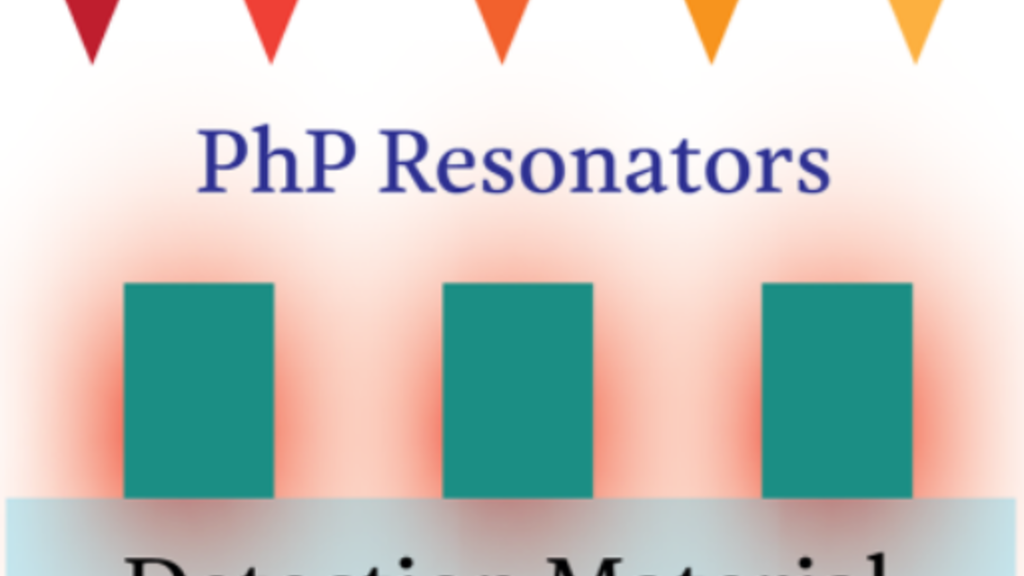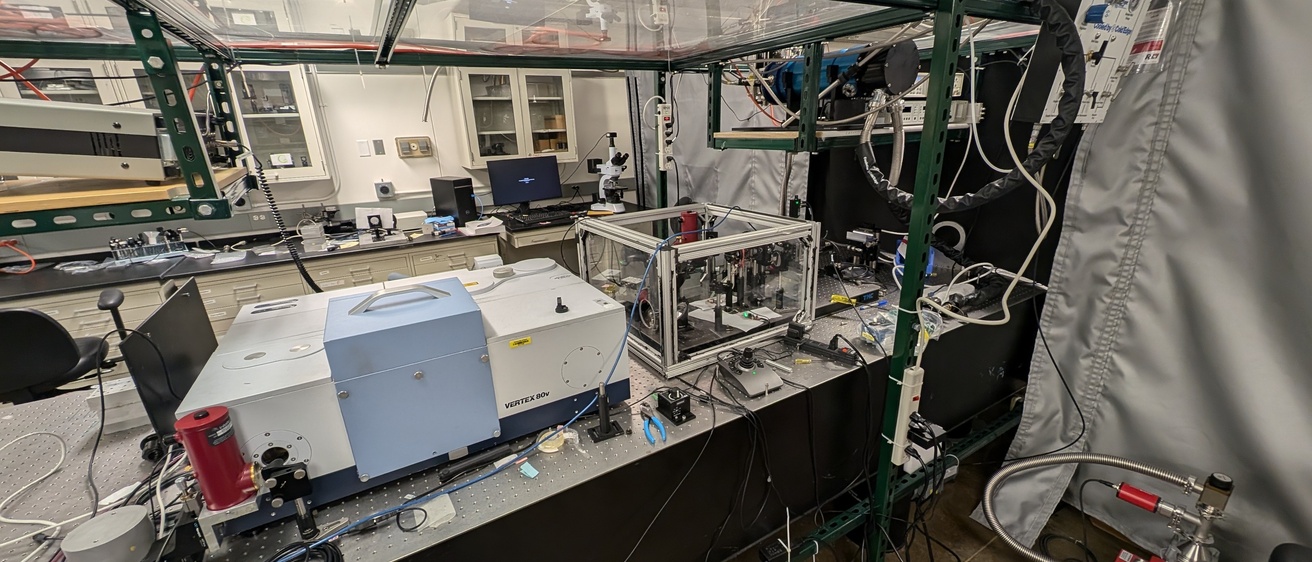In our lab, we use quasiparticles called polaritons to trap infrared light in cavities (size 0.01-1μm) with a size far below the free space wavelength (typically 1-100μm). We couple these polaritons to optical transitions in dimensionally confined quantum mechanical systems, such as quantum wells, wires, and defects. The goal is to assess whether we can overcome the length scale mismatch between the light and the quantum system, enabling new optical components and phenomena. In addition to a fundamental understanding of the optical properties of materials and light, we apply these concepts to develop new optical technology. Examples include thermal cameras, infrared light sources, and infrared gas and liquid sensor systems. These can be used for applications such as measuring heat generation in domestic or commercial spaces, measurement of trace environmental pollutants, and even potentially optical computation. Work in my group is based around a range of materials, including 2D materials (such as graphene), semiconducting materials (such as gallium arsenide), and vibrationally active molecules (including liquids and thin films). I am also committed to building a lab where everyone is welcome and supported by both myself and each other. If you are interested in joining or collaborating with us, please reach out to Prof. Folland
Articles

UI researchers work to develop hydrogen sensors, improve infrared imaging
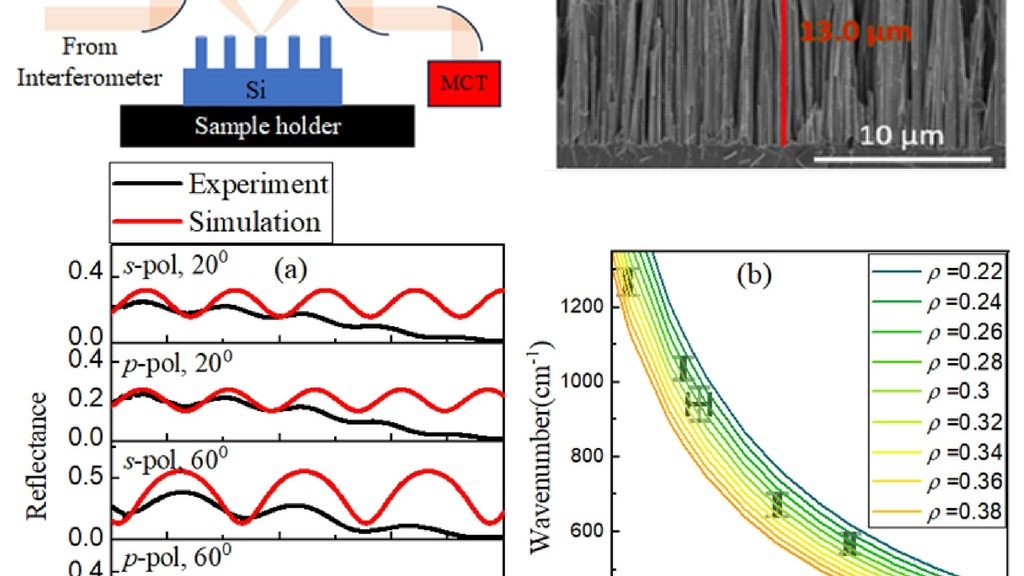
Work on non-destructive spectroscopy of Si nanowires published

Herky at the Microscale
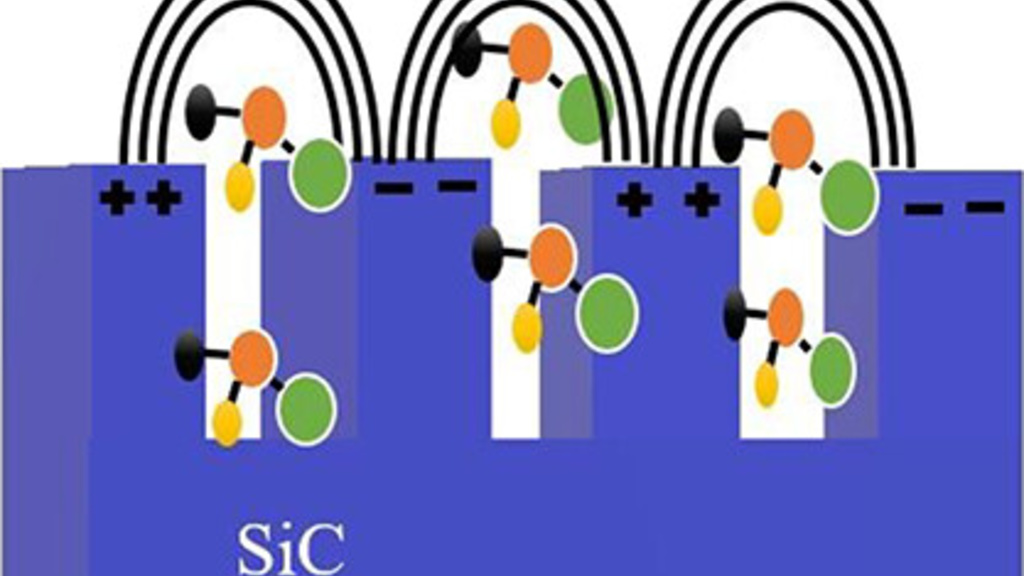
New paper 'Lifetime and Molecular Coupling in Surface Phonon Polariton Resonators'

Sid presents honors thesis
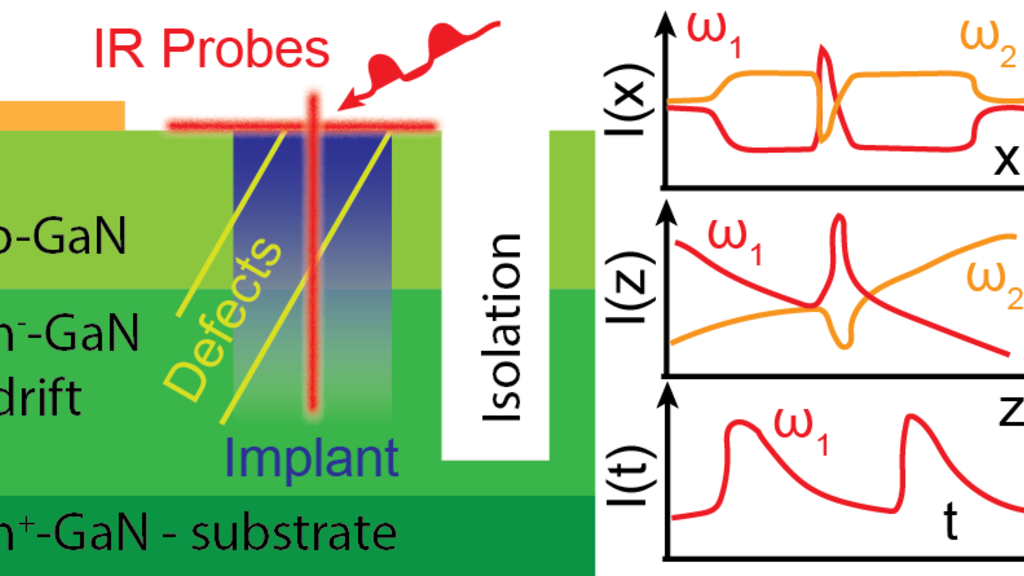
New ONR award to studying GaN using infrared spectroscopy
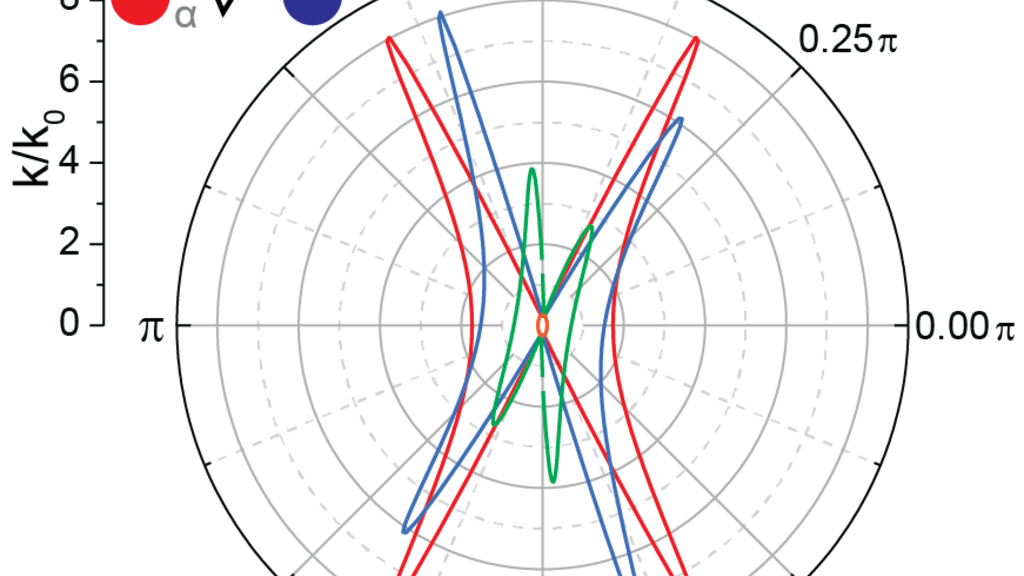
NSF Career - CAREER: Photonics in the Lowest Symmetry Crystals
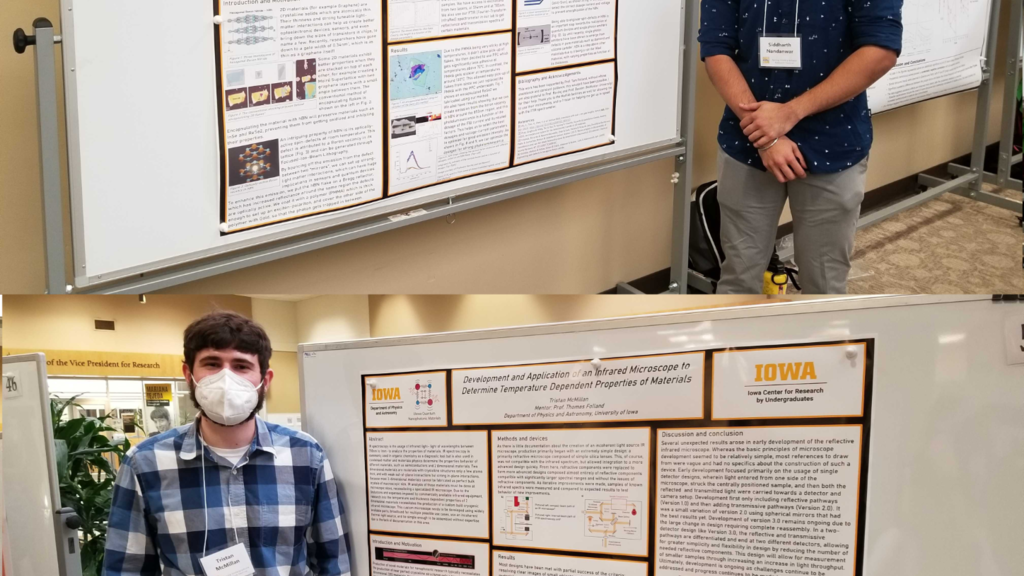
Tristan and Sid present at SURF 2022
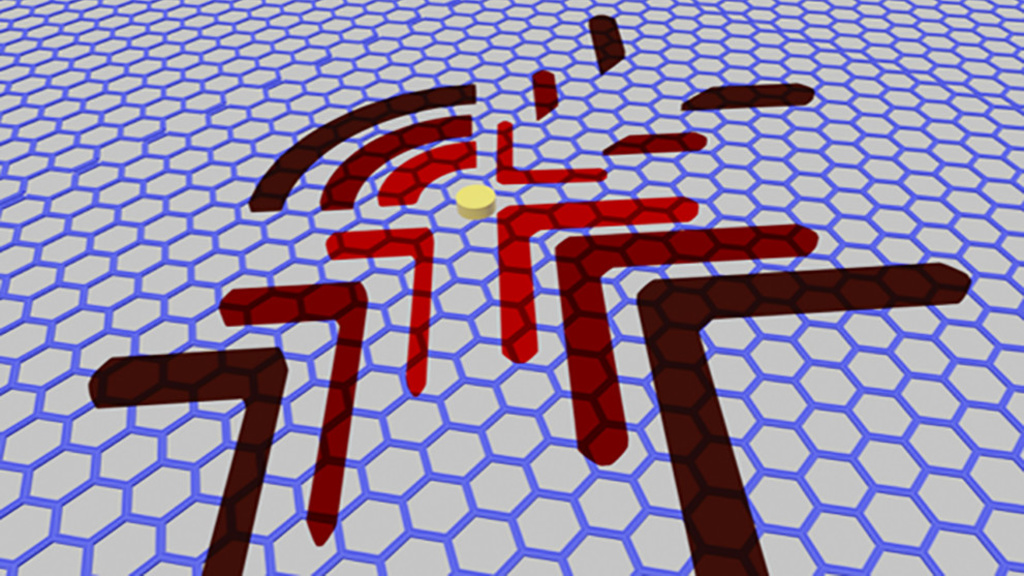
Perspective on anisotropy in nanophotonics published in ACS Photonics
